Myths about historical figures that people still believe
History is filled with captivating stories, but not all are as truthful as they seem. It’s time to unravel some well-known myths and reveal the actual truths behind them.
Join us on this fascinating journey as we explore popular historical legends and separate fact from fiction. From famous emperors to legendary inventors, we’ll uncover the real stories behind the myths that have intrigued us for centuries.
Napoleon Bonaparte: The Short Emperor Myth
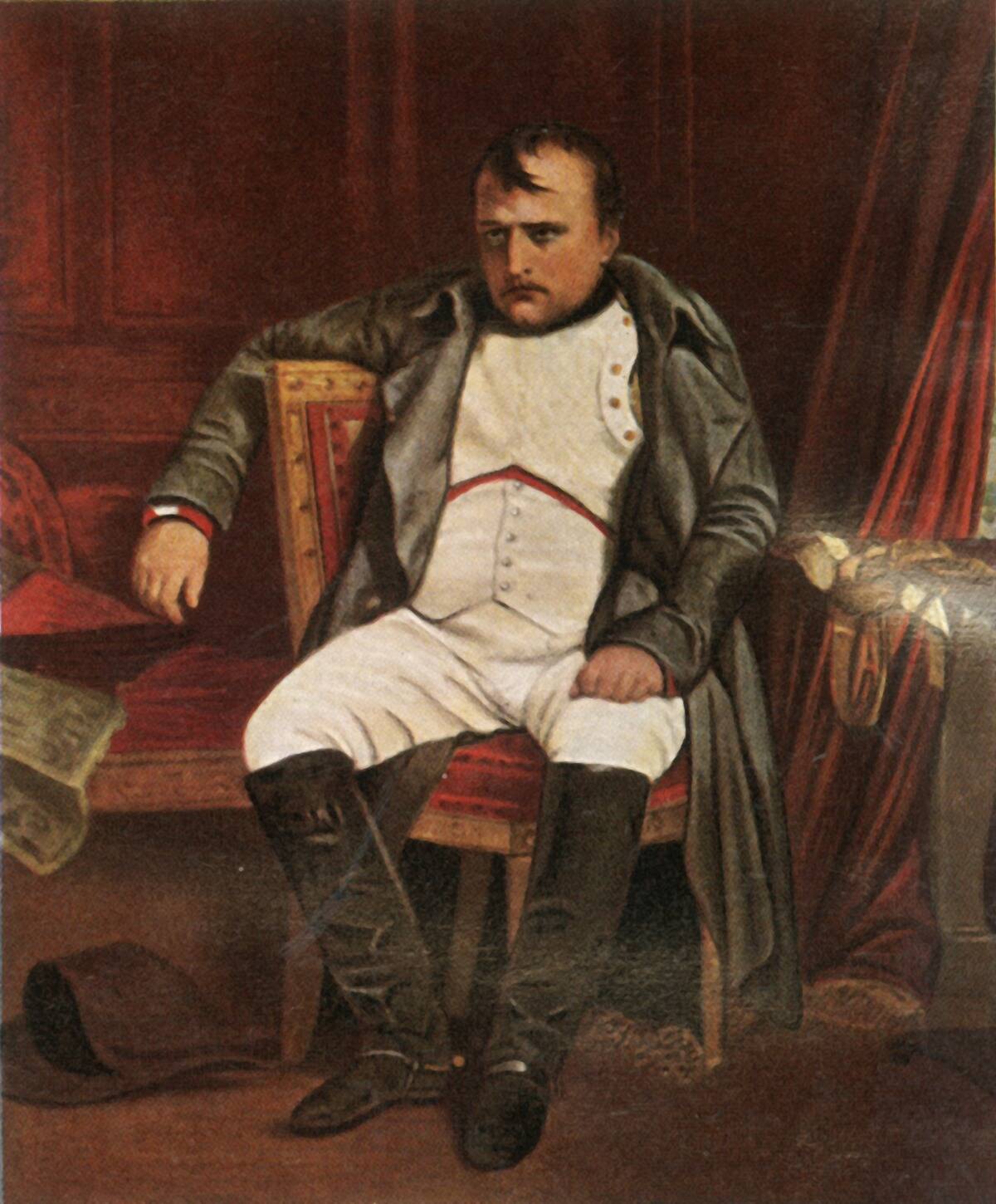
Napoleon Bonaparte is often portrayed as a short man, but he was actually around 5 feet 7 inches tall, which was average for his time.
The myth of his short stature likely arose due to a mix-up between French and English measurements and some clever British propaganda. In reality, Napoleon’s height was not the defining feature of his remarkable military career or political influence.
Albert Einstein: The School Dropout Legend
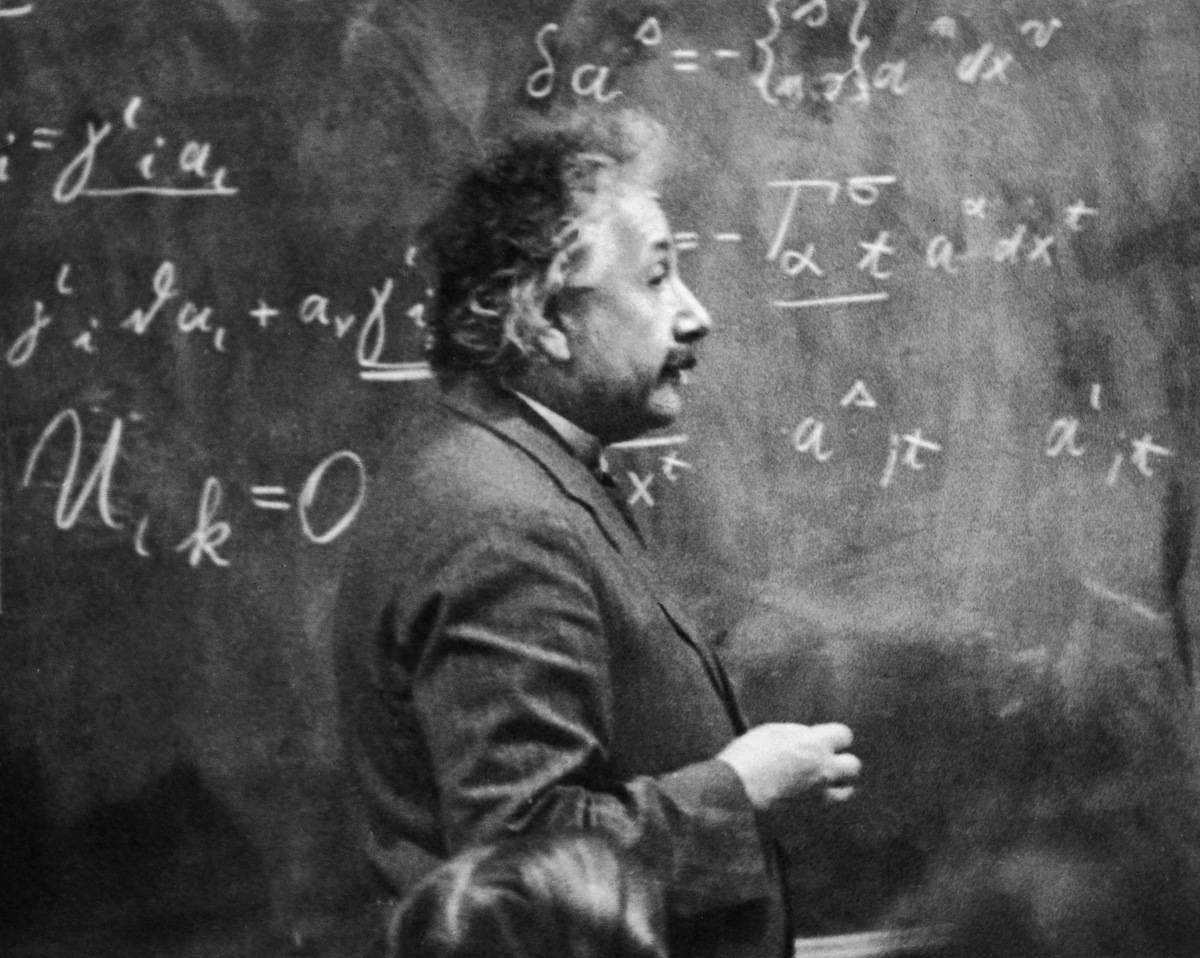
Albert Einstein is often thought of as a poor student who dropped out of school, but this is far from the truth. In fact, Einstein excelled in mathematics and physics from a young age.
While he did leave one school, it was due to a disagreement with its teaching methods. He later attended the Swiss Federal Polytechnic in Zurich, where he developed his groundbreaking theories.
George Washington: The Cherry Tree Tale
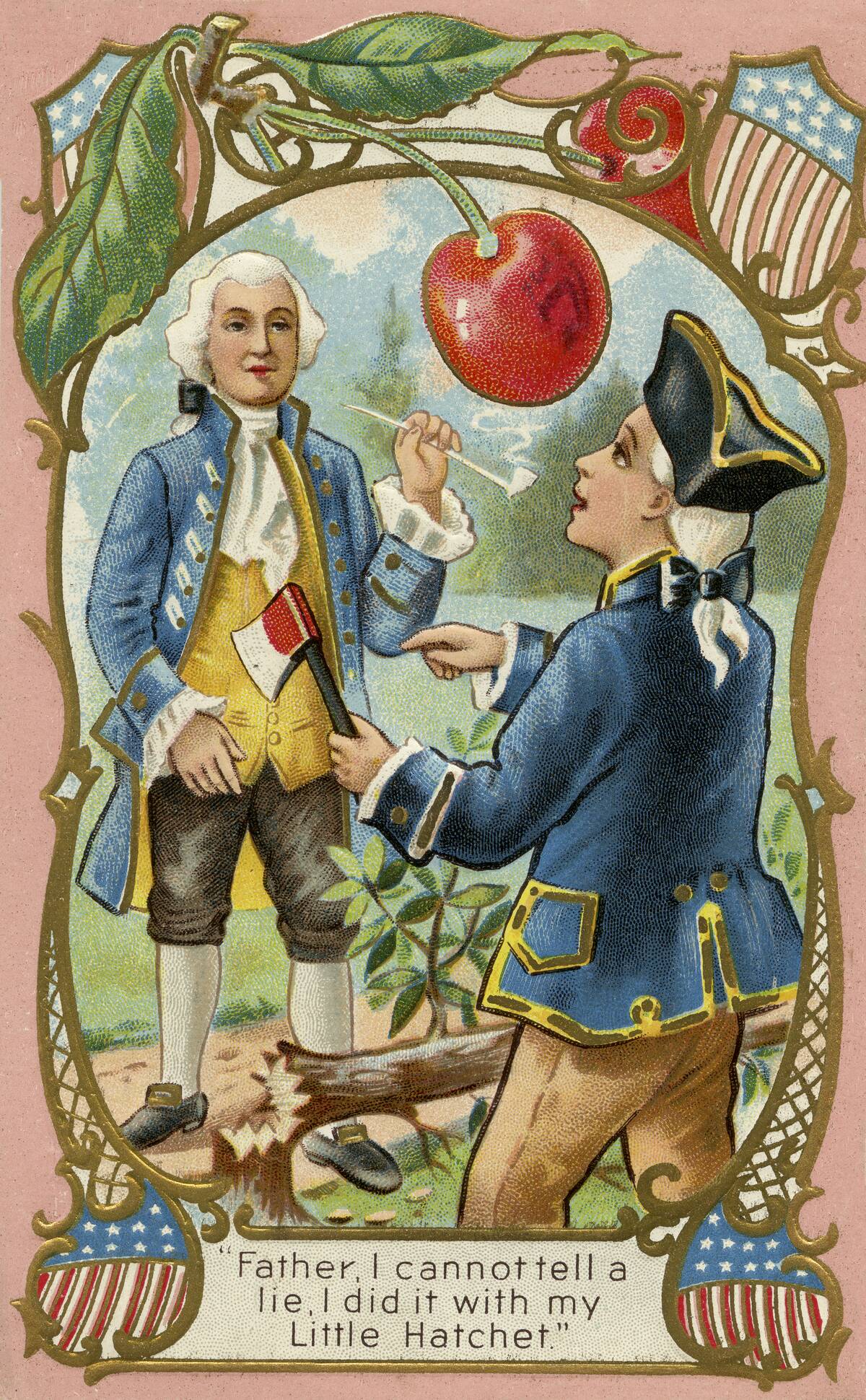
The story of young George Washington confessing to chopping down a cherry tree is a charming tale, but it’s pure fiction. This legend was invented by biographer Parson Weems to illustrate Washington’s honesty.
While Washington was indeed a man of integrity, there is no historical evidence to support the cherry tree anecdote. It’s a testament to how stories can shape our perceptions of historical figures.
Marie Antoinette: “Let Them Eat Cake” Misquote
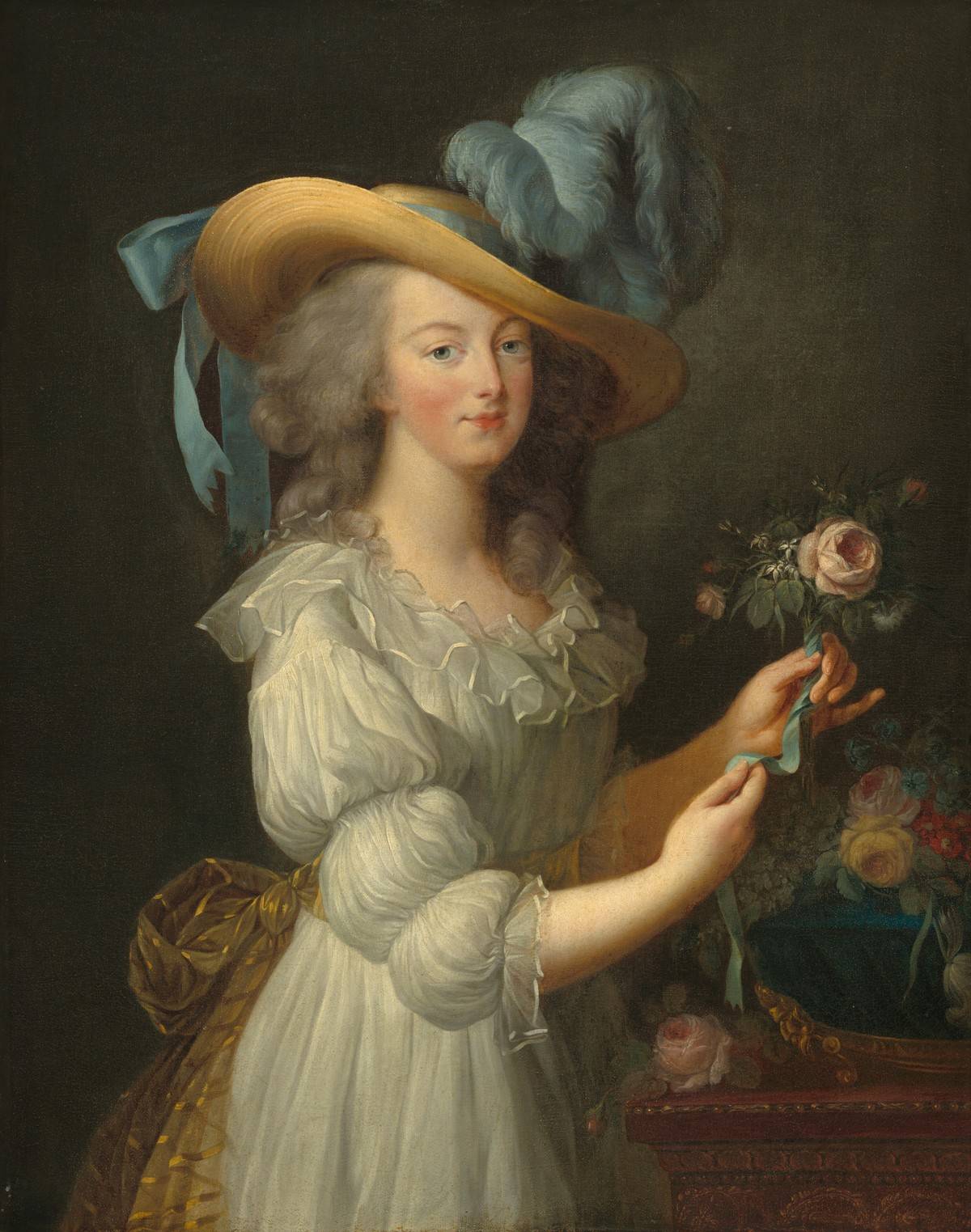
The infamous phrase “Let them eat cake” is widely attributed to Marie Antoinette, but she likely never uttered these words. This line was first recorded in Jean-Jacques Rousseau’s “Confessions,” written when Marie was just a child.
It was probably used as propaganda to portray her as indifferent to the struggles of the poor, though there’s no evidence to support this claim.
Cleopatra: The Beauty Queen of Egypt Myth
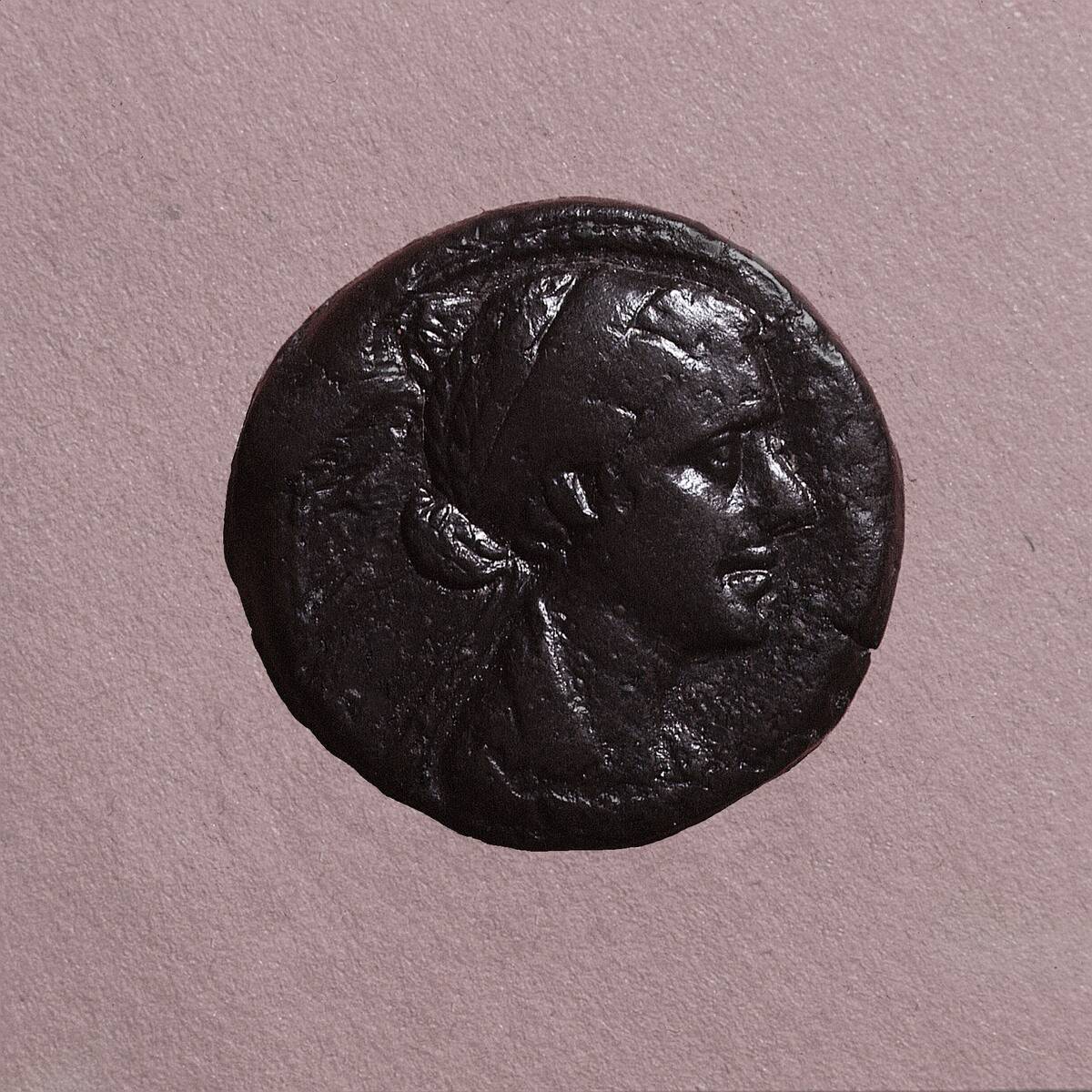
Cleopatra is often remembered as a stunning beauty, yet her allure was much more about her intelligence and charisma.
Coins from her time depict her with a prominent nose and chin, suggesting she wasn’t the classic beauty we imagine. Her true power lay in her political acumen and her ability to command respect from leaders like Julius Caesar and Mark Antony.
Vincent van Gogh: The Ear-Cutting Story

The tale of Vincent van Gogh cutting off his entire ear is a bit exaggerated. In reality, he only severed a portion of his left earlobe.
The incident occurred during a heated argument with fellow artist Paul Gauguin. While the reasons remain debated, this act was a manifestation of van Gogh’s ongoing mental health struggles, which deeply impacted his life and work.
Christopher Columbus: Discoverer of America Myth
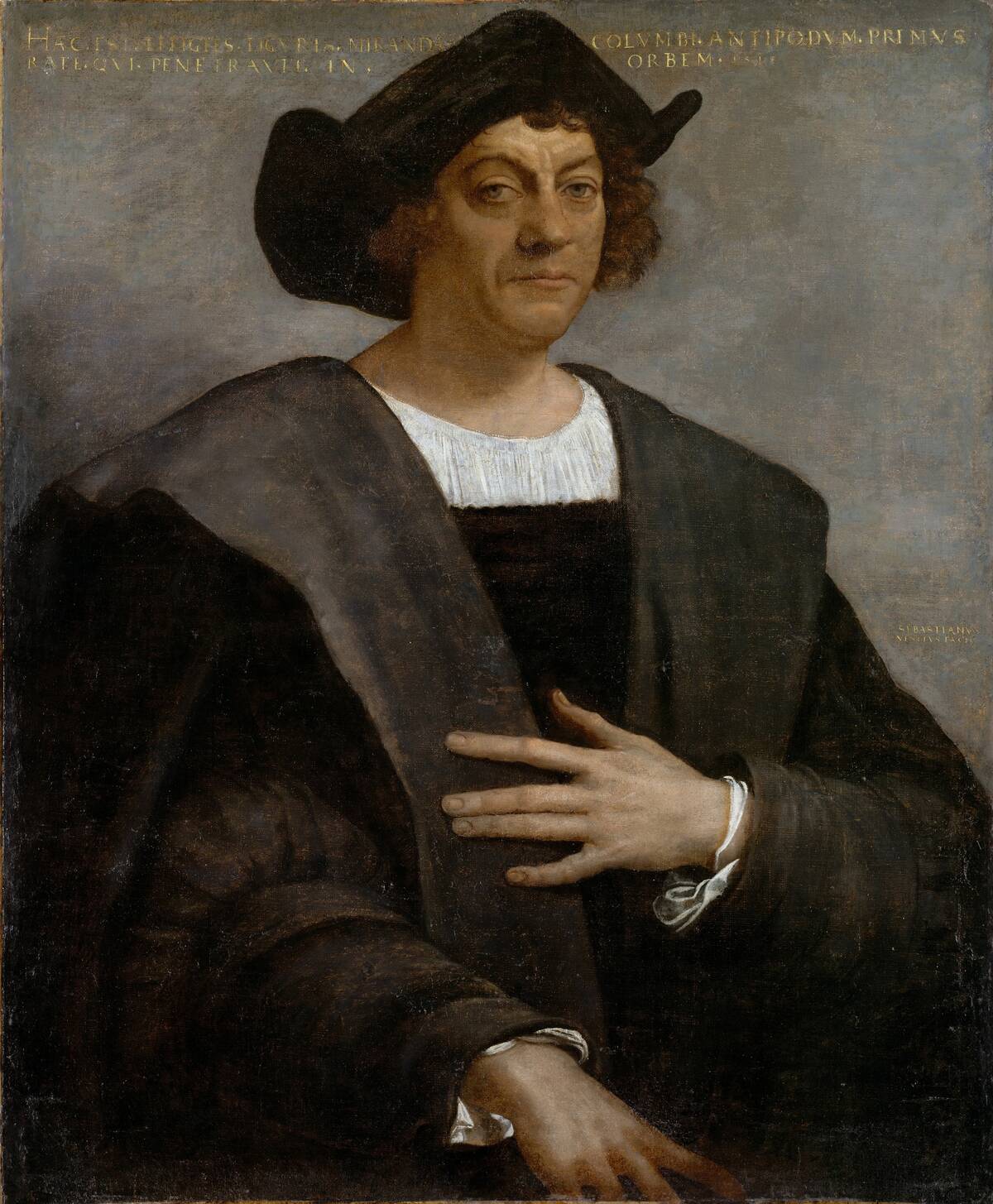
Christopher Columbus is often credited with discovering America, but he never actually set foot on the mainland. His voyages took him to parts of the Caribbean, Central America, and South America.
Furthermore, indigenous peoples had inhabited these lands long before his arrival, and Norse explorer Leif Erikson reached North America centuries earlier. Columbus’s journeys did, however, open the door for European exploration and colonization.
Isaac Newton: The Apple-on-the-Head Fable
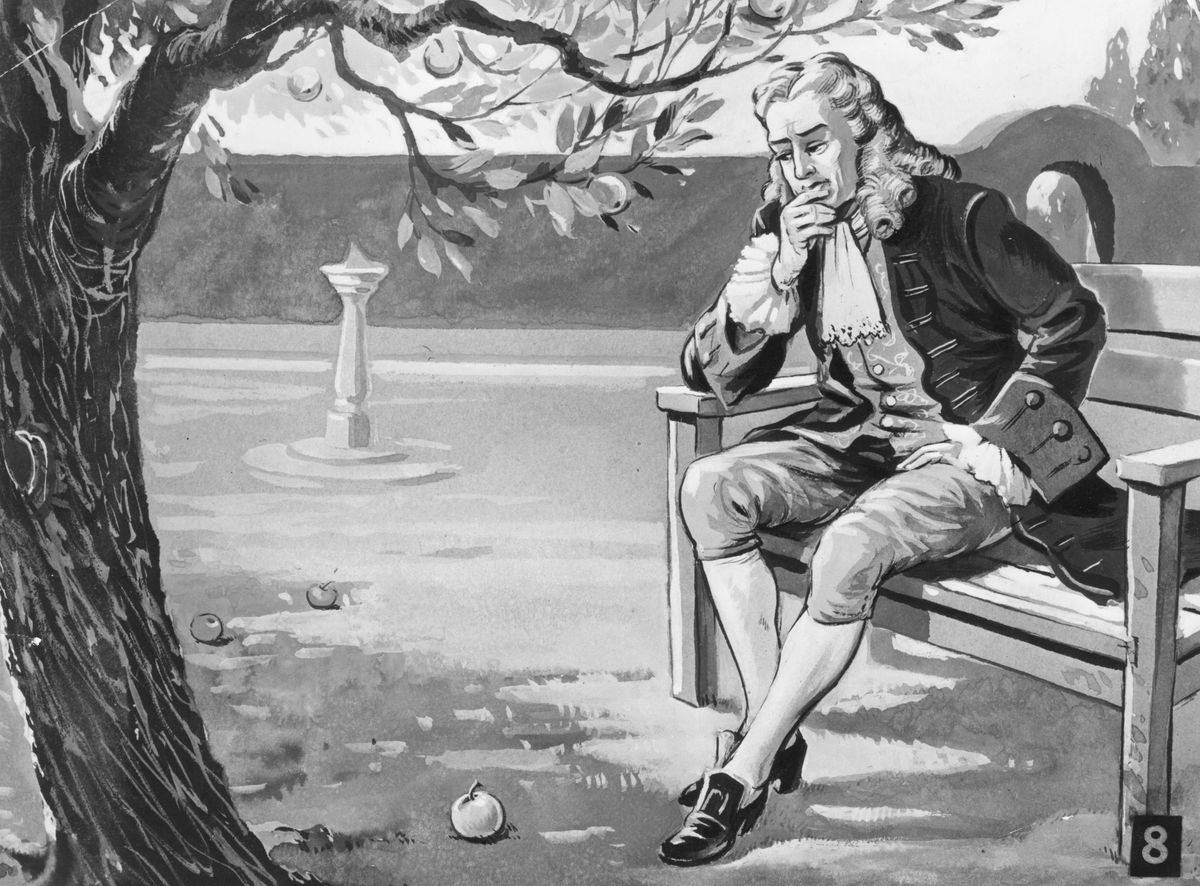
The story of an apple falling on Isaac Newton’s head, inspiring his theory of gravity, is more symbolic than factual. While Newton did observe an apple fall, it is unlikely that it struck him.
The incident sparked his curiosity about gravitational forces, leading to his groundbreaking work. This tale highlights how simple observations can lead to profound scientific discoveries.
The Iron Maiden: The Nonexistent Device
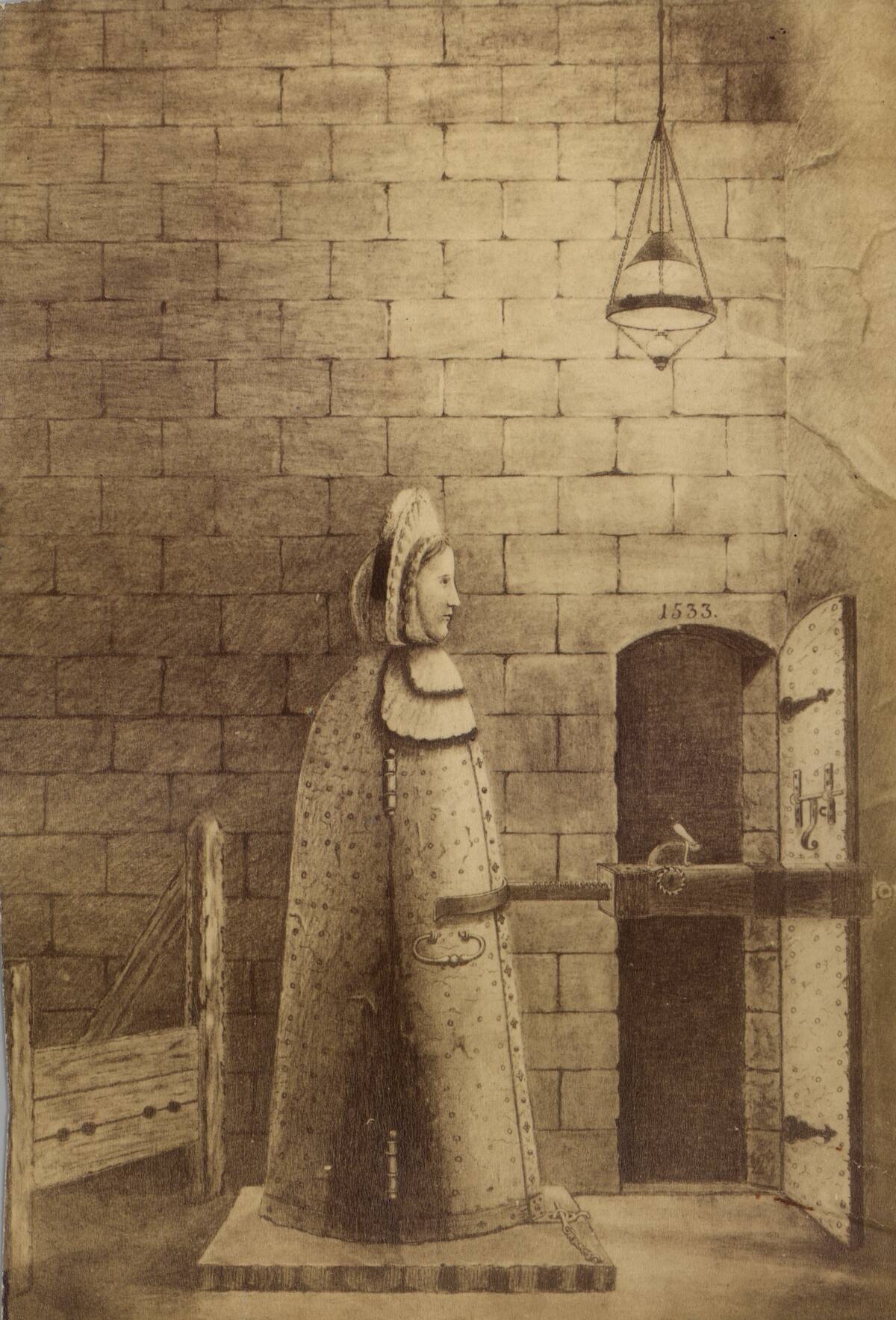
The Iron Maiden is often depicted as a gruesome medieval device, but there’s no evidence it was ever used historically.
The concept gained popularity in the 18th century, long after the Middle Ages, as a sensational display piece. Museums capitalized on its shocking image, but it was more a product of imaginative storytelling than a tool of medieval punishment.
Thomas Edison: The Inventor of the Light Bulb
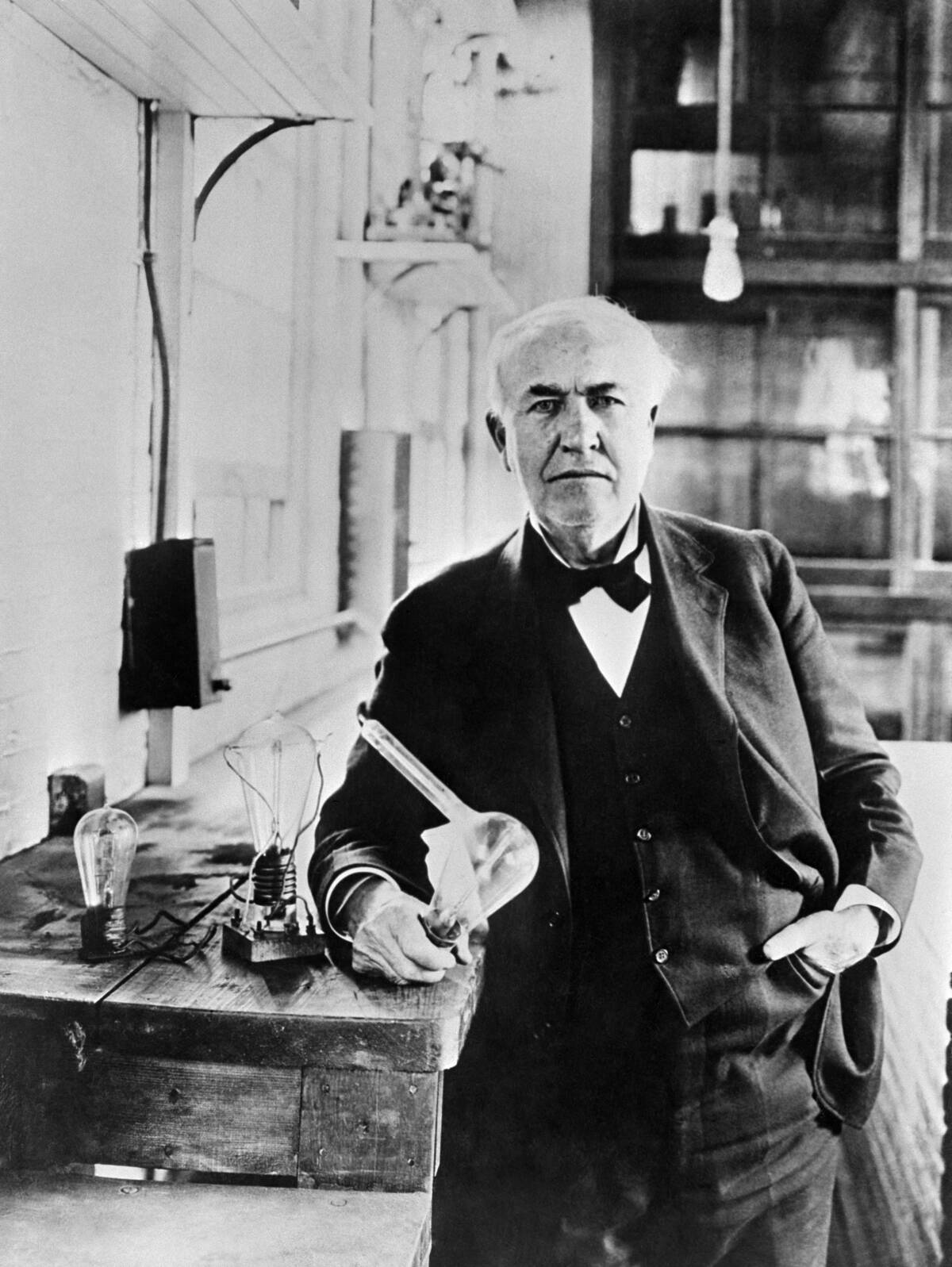
Thomas Edison is often credited with inventing the light bulb, but he actually improved upon existing designs. Several inventors had developed early versions of the bulb, but Edison’s creation in 1879 was the first practical and long-lasting one suitable for widespread use.
His contributions to the development of electrical systems were crucial, making electric lighting accessible to the masses.
William Shakespeare: The Illiterate Playwright Theory
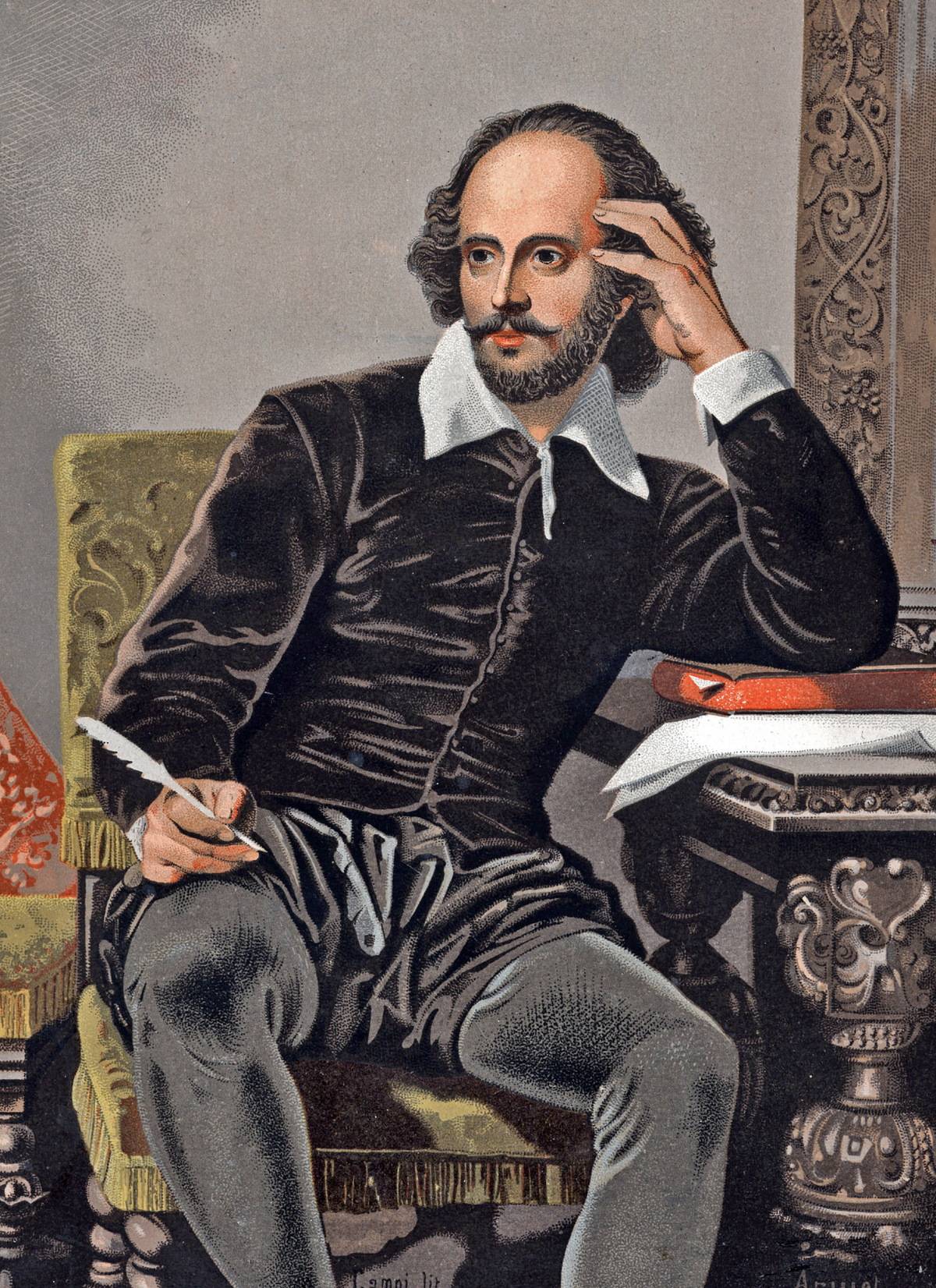
The theory that William Shakespeare was illiterate or didn’t write his plays is an intriguing but unfounded idea. While records of his education are scarce, he likely attended the King’s New School in Stratford, where he would have received a solid education.
The complexity and depth of his work suggest a profound understanding of language, literature, and the human condition.
Nero: The Fiddling While Rome Burned Myth
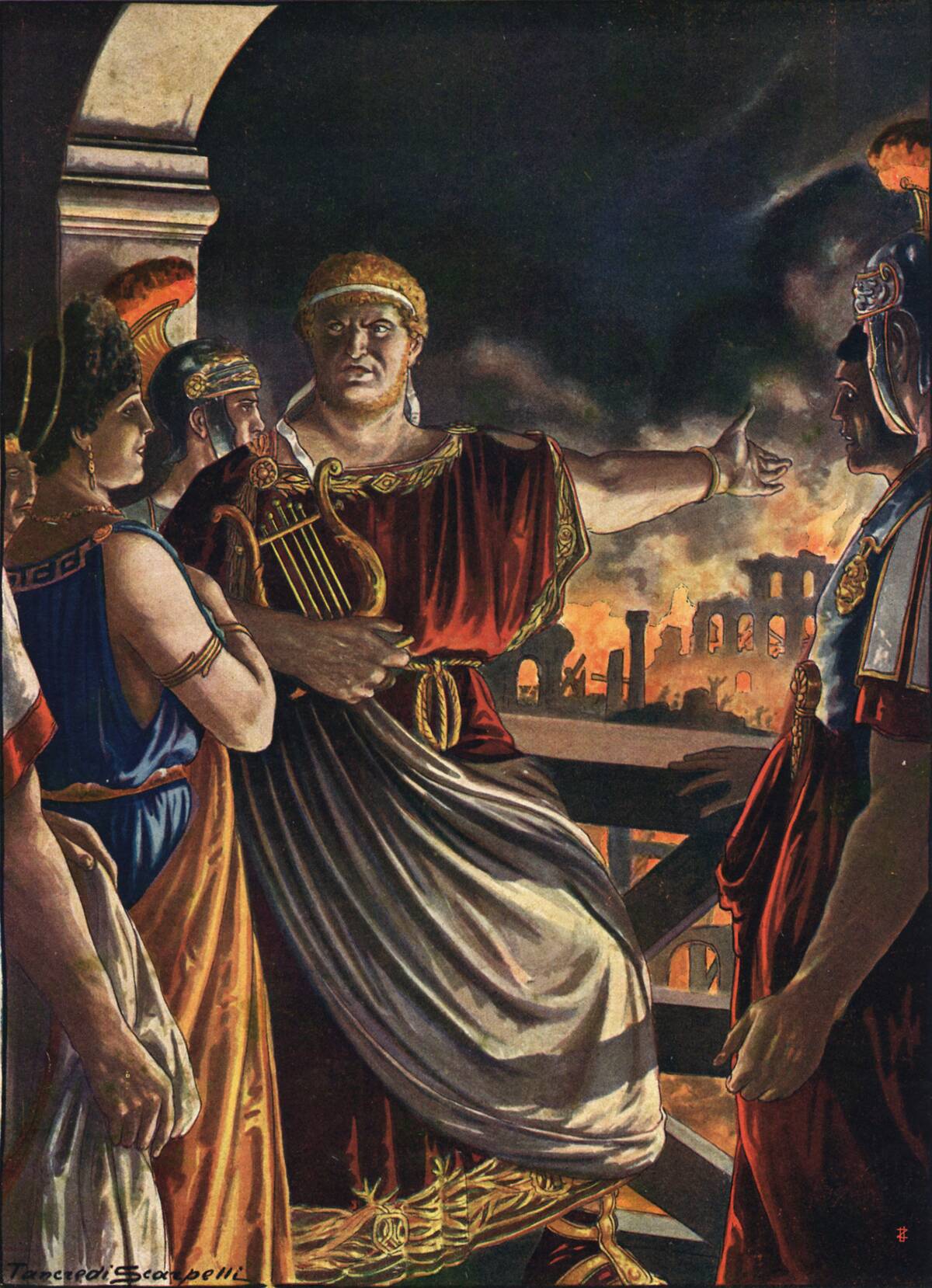
The image of Emperor Nero playing the fiddle while Rome burned is a dramatic one, but it doesn’t hold up to historical scrutiny. For starters, the fiddle didn’t even exist in his time.
Nero was actually away from the city when the fire started and reportedly returned to organize relief efforts. This myth likely arose from his reputation as a tyrannical ruler.
Lady Godiva: The Naked Ride Legend
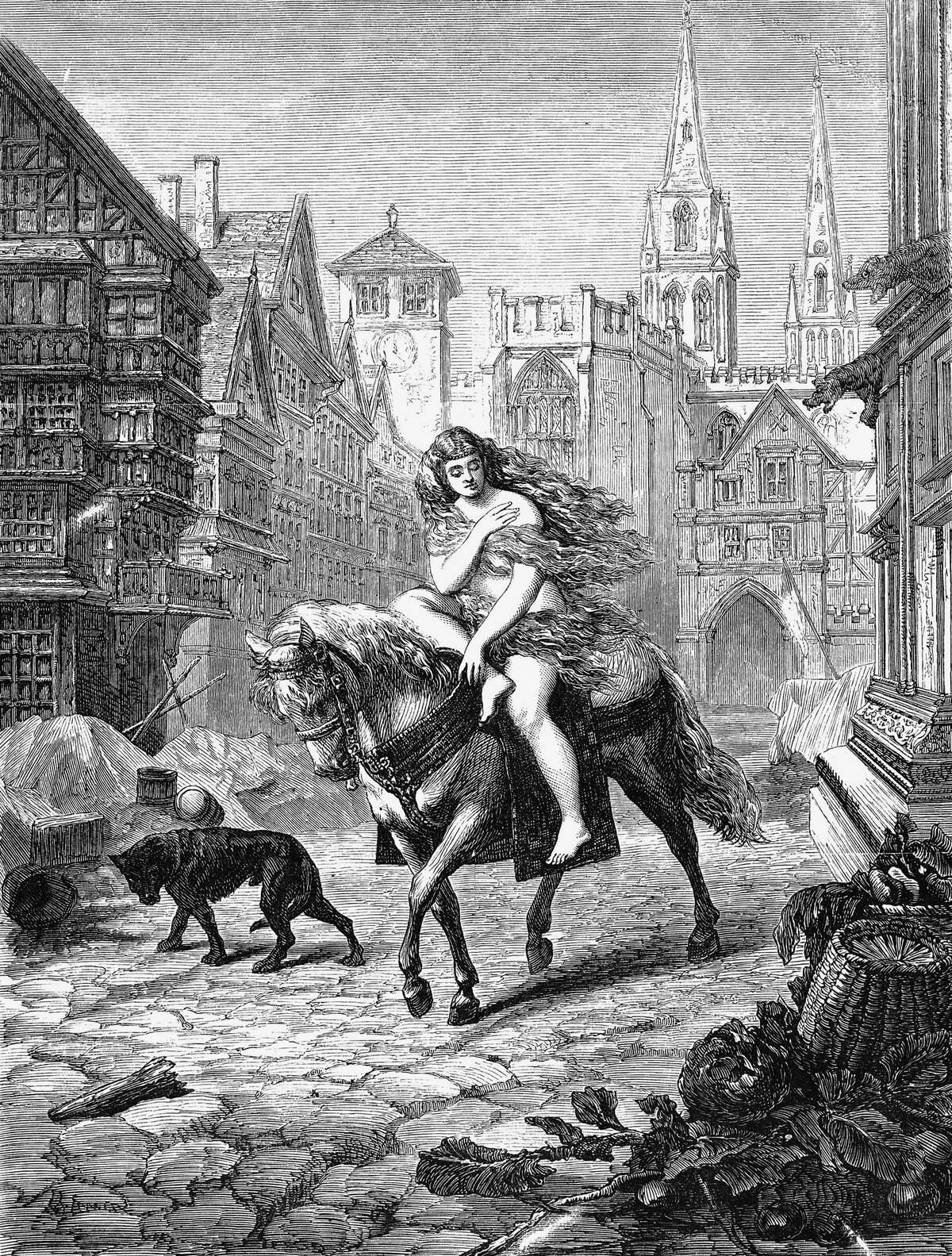
Lady Godiva’s legendary naked ride through Coventry is more fiction than fact. The earliest account of this story appears centuries after her death.
In reality, Godiva was a noblewoman known for her piousness and generosity. The tale was likely popularized as an allegory of humility and charity, capturing the imagination of storytellers and artists throughout the ages.
Benjamin Franklin: The Kite and Lightning Experiment Tale
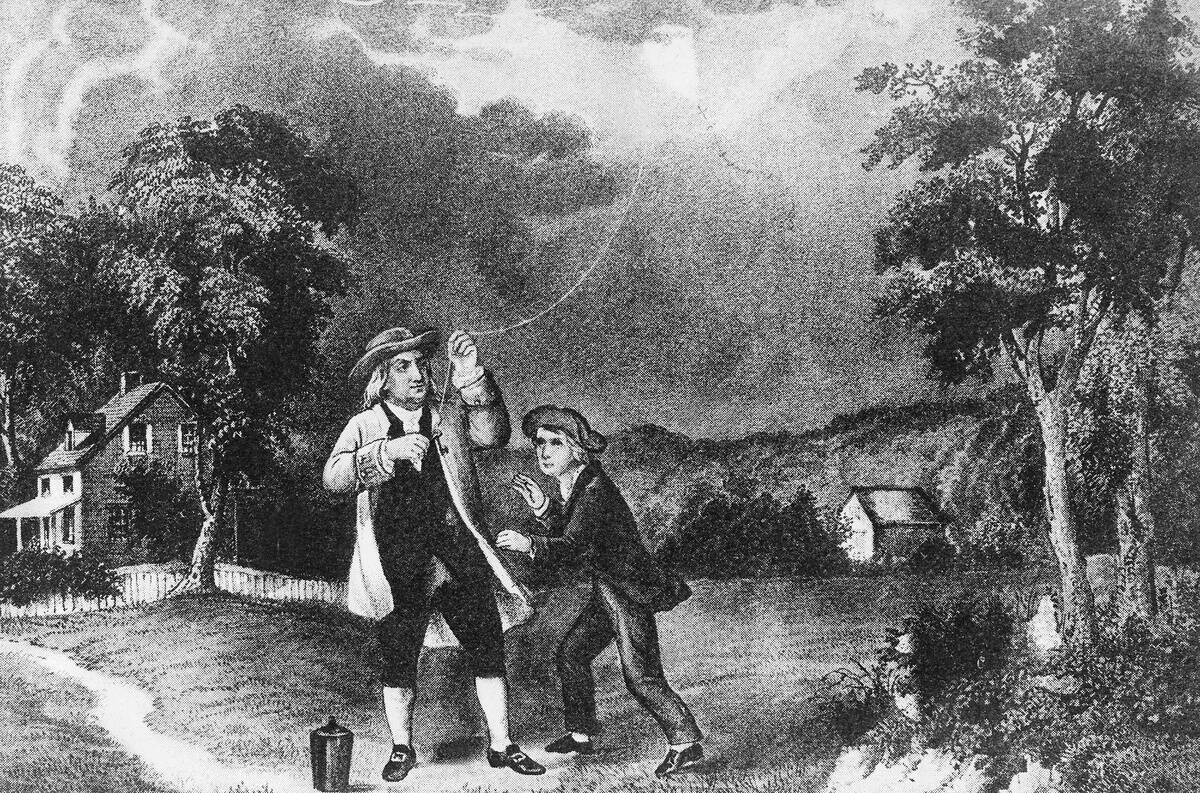
Benjamin Franklin’s famous kite experiment is often simplified to him flying a kite during a storm and discovering electricity, but the truth is more complex.
While Franklin did conduct an experiment to demonstrate the electrical nature of lightning, he didn’t wait until he or his accompanying son were struck by lightning. Even subtler signs of electrical activity during the lightning storm were sufficient enough for his purposes that he could stop the experiment before either of them truly tempted fate.
The Viking Horned Helmets: A Fashion Myth
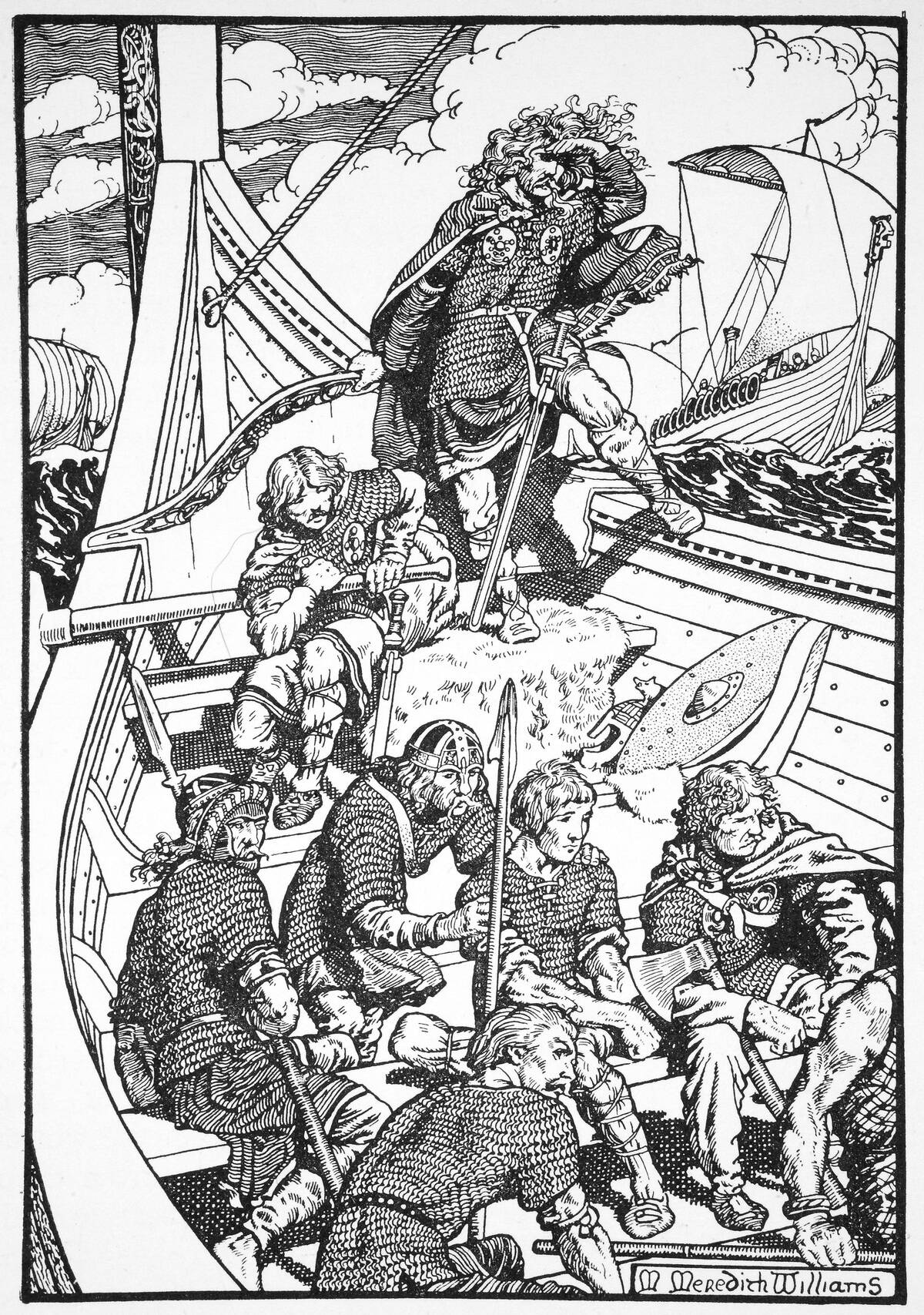
The iconic image of Vikings wearing horned helmets is a creation of 19th-century artists and theatrical productions. Archaeological evidence shows that Viking helmets were typically simple, with no horns.
This myth likely gained traction due to its dramatic appeal, but it doesn’t reflect the practical and functional design of actual Viking headgear. The true Viking legacy lies in their exploration and cultural influence.
The Flat Earth Belief: Columbus’s Era Misunderstanding
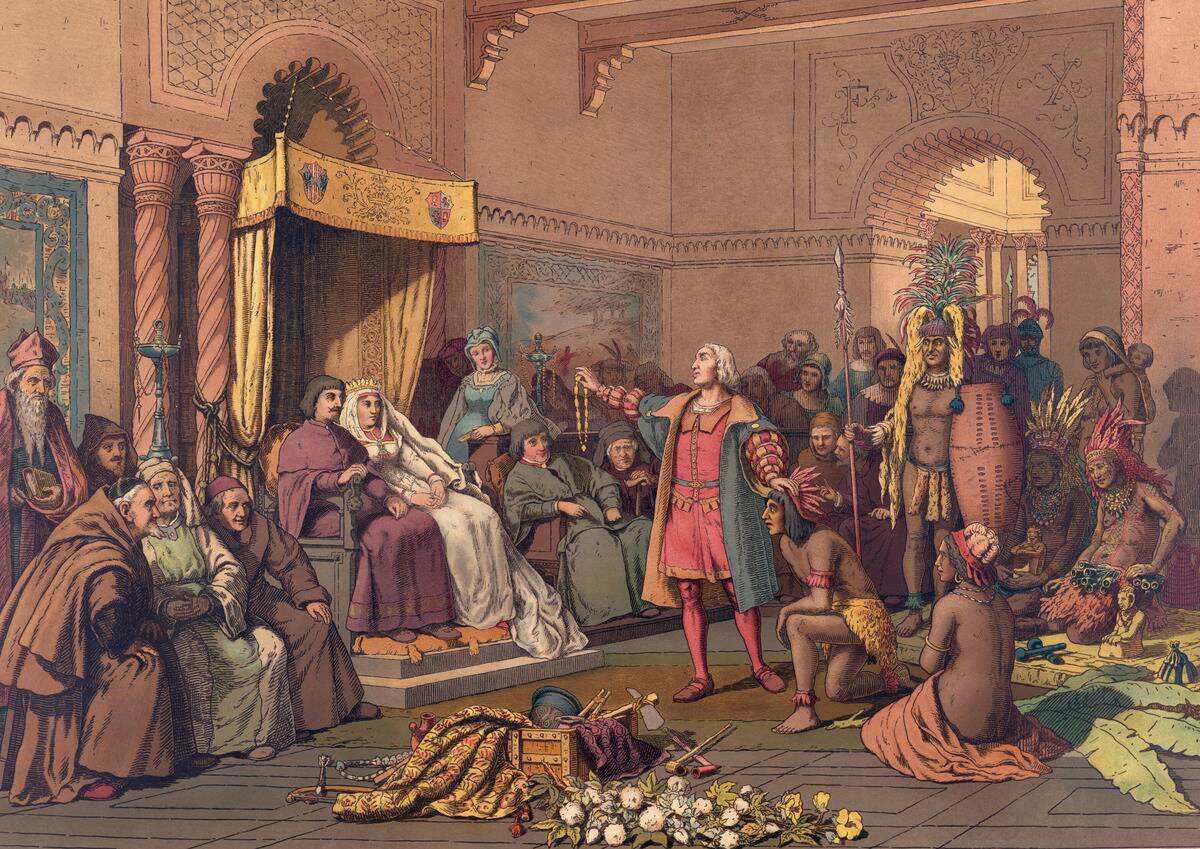
The notion that people in Columbus’s time believed the Earth was flat is largely a myth. By the 15th century, educated Europeans knew the Earth was round, a concept understood since ancient Greece.
Columbus’s challenge was not the shape of the Earth but the size of the Atlantic Ocean. His voyages were groundbreaking, but they didn’t dispel any flat Earth beliefs.
Pocahontas and John Smith: The Romanticized Encounter
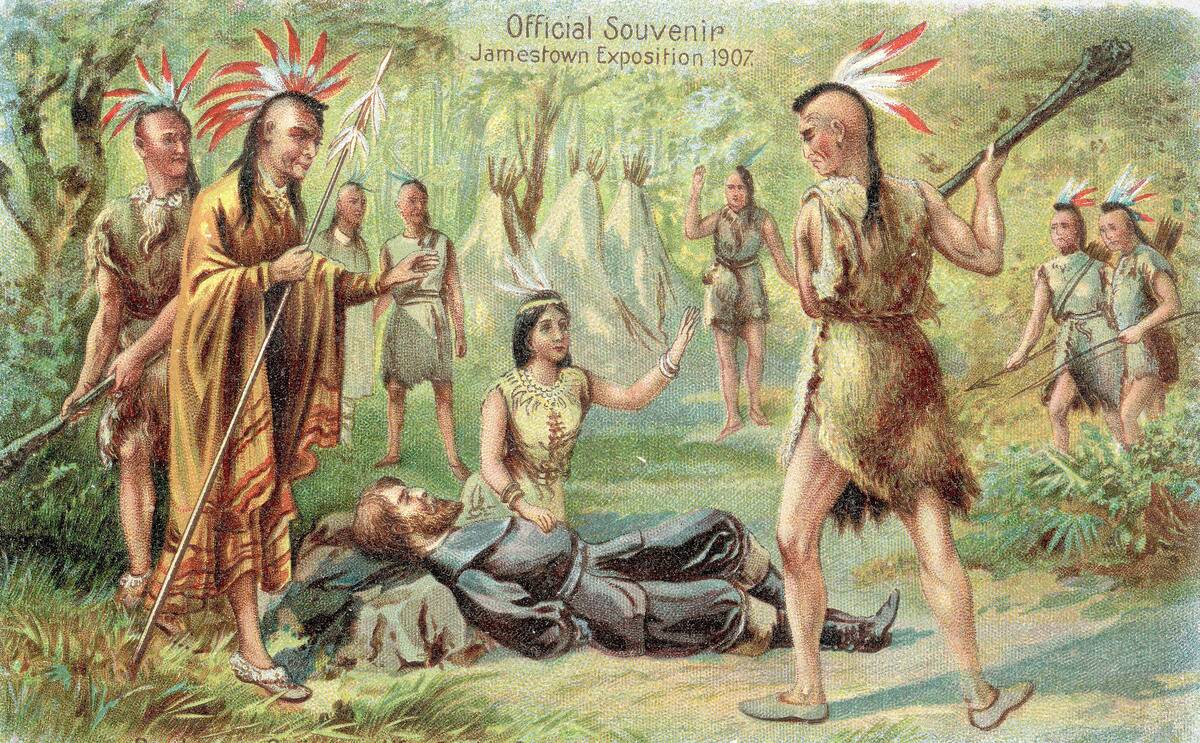
The romantic story of Pocahontas and John Smith is more fiction than fact. She was likely only a child when they met and there’s no evidence of a romantic relationship. It’s also heavily disputed as to whether John Smith made the story of Pocahontas saving his life up.
The story was romanticized over time, overshadowing Pocahontas’s true legacy as a bridge between Native American and European cultures during a turbulent period in history.
Catherine the Great: The Scandalous Horse Story
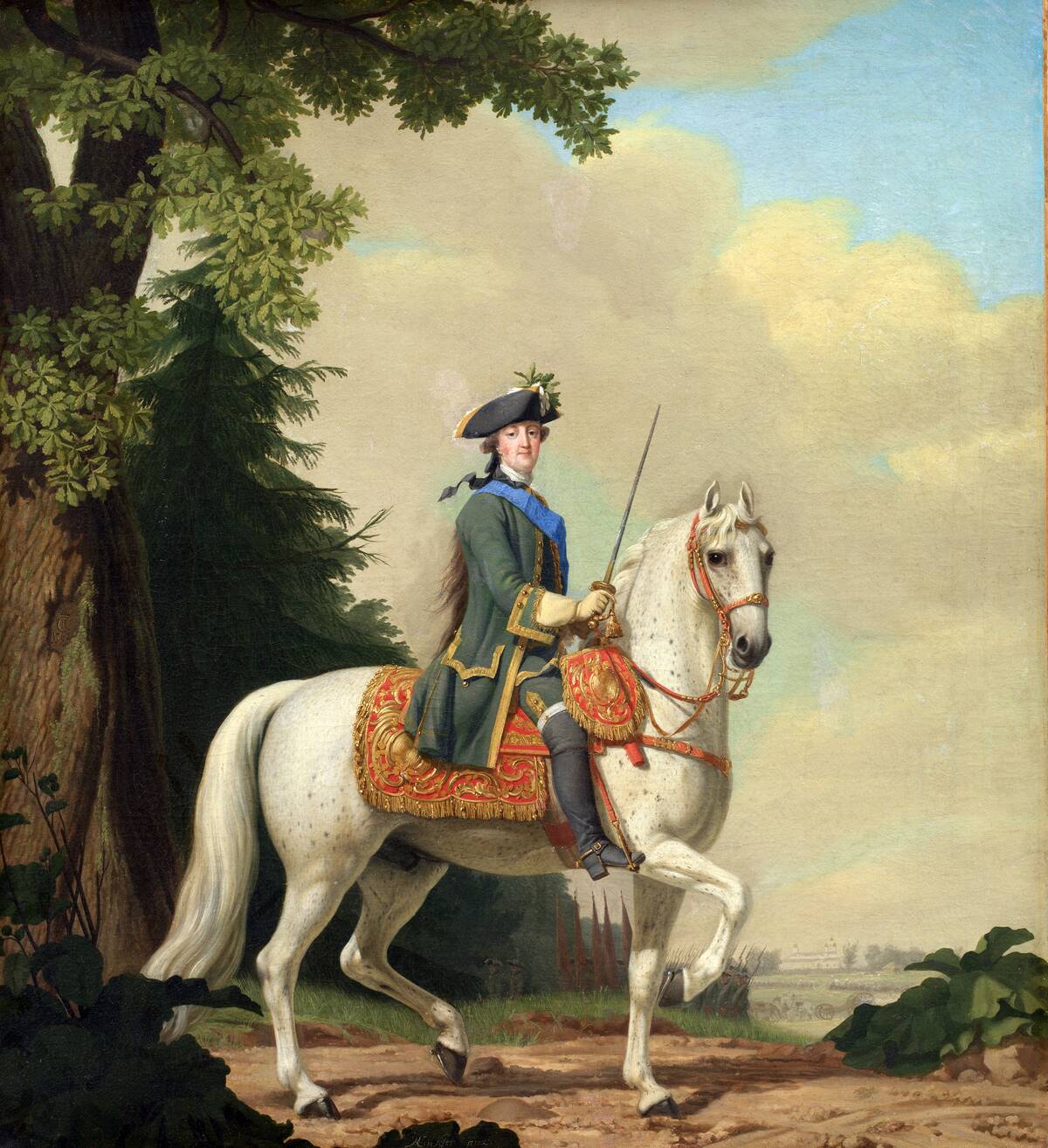
The scandalous story of Catherine the Great dying in a compromising position with a horse is entirely false. This rumor was a piece of salacious gossip spread by her political enemies to tarnish her reputation.
In reality, Catherine was a powerful ruler who expanded the Russian Empire and implemented significant cultural and policy reforms, far from the scandalous tales invented about her.
The Great Wall of China: Visible from Space Myth

The Great Wall of China is often said to be visible from space, but this claim is largely a myth. While the Wall is an impressive feat of engineering, it is not easily visible to the naked eye from low Earth orbit.
Astronauts report that the Wall is indistinguishable from other features without magnification. This myth persists due to the Wall’s iconic status and grandeur.



